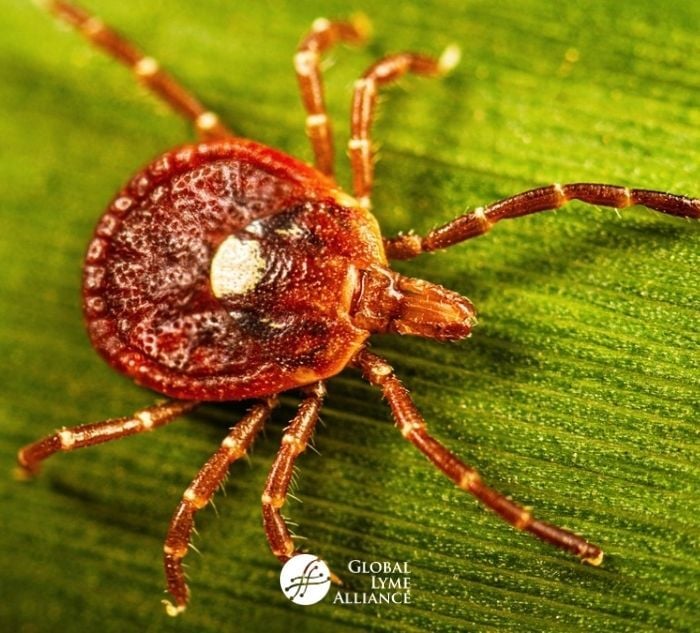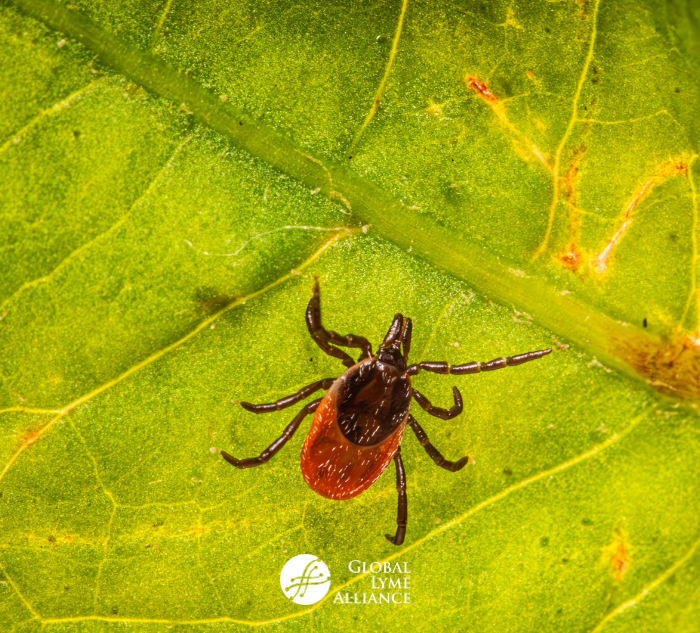
Ticks are active in fall and winter. Learn how to protect yourself and your pets from Lyme and other tick-borne diseases year-round. Stay informed and safe outdoors.
I recently gave a talk about myths surrounding Lyme disease. There are many, from Lyme being only a woods of New England problem, to Lyme always causing a bullseye rash, to the disease being called Lyme’s. Another timely myth is that Lyme is only a problem in the summer months.
False.
The fact is that is while Lyme and other tick-borne diseases are prevalent in the spring in summer when tiny nymphal ticks are out—and humans and pets are out, too, enjoying the weather—nymphal ticks morph into hungry adult ticks in the fall. Adult ticks feed on humans, pets, and other large animals like deer. These ticks stay out until winter.
And here’s another important fact: these ticks are still out in winter if the temperature does not drop below freezing. Ticks can survive any time the temperature is above freezing. That means if you live in a Southern climate, or even if you live in a Northern climate with balmy winter days, you need to continue to be vigilant about ticks.
This is especially true because Lyme disease may not be as high on a doctor’s radar in fall or winter, so it needs to stay high on your own. If you present with flu-like symptoms in the summer, with or without rash (which many Lyme patients never get or find), a doctor may be more likely to consider Lyme disease. In the fall, Lyme might get overlooked in a differential diagnosis. If you have Lyme symptoms in the fall or winter, it’s important to tell your doctor if you’ve had a known or suspected tick bite or if you have risk factors for Lyme like spending time in moist, shady areas where ticks like to live. Always ask about other tick-borne diseases (co-infections), too. Remember that it’s possible to get a co-infection even if you don’t have Lyme disease.
Black-legged ticks are not the only ticks out this fall. It’s important to be aware of different types of ticks and the pathogens they can carry. Another myth is that if you find a dog tick, you don’t need to worry, because they don’t carry Lyme disease. While it’s true that dog ticks don’t transmit borrelia Burgdorferi, the bacteria that causes Lyme disease, they can carry pathogens that cause other illnesses like Rocky Mountain Spotted Fever (not just in the Rocky Mountains) and tularemia. If you find any kind of tick, the best thing to do is to send a photo of it to your doctor or a tick lab to determine what kind of tick it is, and then send the tick out for testing to determine what pathogens it was carrying. Your instinct might be to immediately flush the tick or throw it away, but it’s smarter to save it (for more information, see Tick Removal).
In summer, we tend to think of ticks when we’re out playing in our yards or hiking in the woods. In fall, ticks like to live in leaf piles, and continue to live in other places like brush, long grass, and beach dunes. If you’re out for a fall walk on the beach, if your child is playing sports on a field, or if you’re raking or jumping in leaves, you should be on the lookout for ticks.
Until the temperature is truly consistently below freezing, the best thing to do is to continue to Be Tick AWARE:
- AVOID areas where ticks live.
- WEAR light-colored clothing to spot ticks more easily, such as long-sleeved shirt tucked in at the waist, long pants tucked into high socks, closed-toe shoes, and a hat with your hair tucked in. Do not walk in the grass barefoot or in open sandals, even if it’s a shortcut.
- APPLY EPA-approved tick repellent to skin and insecticide (such as permethrin) to clothing and shoes as directed.
- REMOVE clothing upon entering the home and toss into the dryer at high temperature for 10-15 minutes to kill live ticks (putting them in the washer won’t work).
- EXAMINE yourself and your pets for ticks daily. Feel for bumps paying close attention the back of knees, groin, armpits, in and behind the ears, belly button, and scalp.
Fall is a beautiful time of year. We all want to be outside enjoying the weather—let’s just be sure to do it safely.
***

Jennifer Crystal
Writer
Opinions expressed by contributors are their own. Jennifer Crystal is a writer and educator in Boston. Her work has appeared in local and national publications including Harvard Health Publishing and The Boston Globe. As a GLA columnist for over six years, her work on GLA.org has received mention in publications such as The New Yorker, weatherchannel.com, CQ Researcher, and ProHealth.com. Jennifer is a patient advocate who has dealt with chronic illness, including Lyme and other tick-borne infections. Her memoir, One Tick Stopped the Clock, was published by Legacy Book Press in 2024. Ten percent of proceeds from the book will go to Global Lyme Alliance. Contact her via email below.







